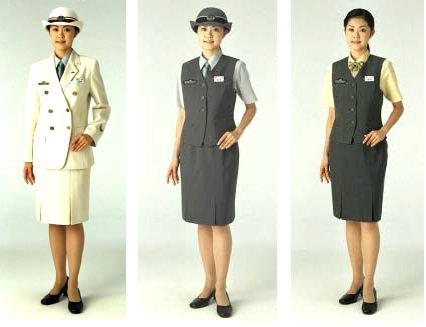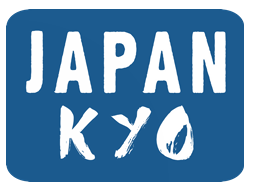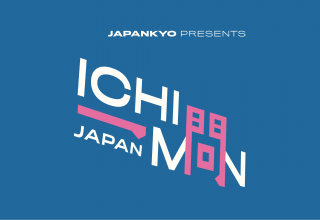
It’s only a matter of time before a black market emerges for “classic” female train station employee uniforms.
Whereas the general trend for companies in Western countries has been to move away from the practice of having female workers dress in uniforms with traditionally feminine features such as skirts and high heels, in Japan many companies have yet to embrace this shift. However, earlier this month, East Japan Railways (JR East)–one of Japan’s biggest train operators–announced that come next spring they would be updating their uniforms so as to minimize differences between the male and female versions.

The revamped uniforms will go into use in May of 2020. Aside from some changes to the color-scheme–the uniforms will now primarily use navy blue rather than the current gray–the most noticeable changes are the ones that have been made to the female uniforms.

Replacing the skirts currently used by female JR East staff are pants. And instead of the ribbon tied around the neck that is currently used in female uniforms, women will now be wearing neckties, just like their male counterparts.

There will also be an update to the rules regarding the usage of hats. While currently only men are able to wear the high-peaked caps and women are only able to wear the high-backed Tyrolean hats, come May JR East employees will be able to wear either hat regardless of sex.
Additionally, images of the new uniforms suggest that women will now be able to wear shows without heels.
Aside from the long-sleeve versions of the uniforms which are worn during the colder months, these changes will also apply to the summer, or “cool biz,” uniforms, as well as those worn by stationmasters.
JR East says that these uniform changes are being undertaken as part of preparations for the 2020 Tokyo Olympic and Paralympic Games. President and CEO of JR East Yuji Fukasawa has explained the switch thusly: “Eliminating the differences [in uniforms] between male and females is something we we had in mind when we decided to do this.”
As the operator of dozens of train lines in the Tokyo area, as well as the Hokuriku, Joetsu, and Tohoku Shinkansen bullet trains, JR East is by far one of Japan’s most prominent railway companies. However, it is not the first company to make this sort of uniform switch. For example, in 2017, JR West, which operates train lines in the area in and around the major cities of Osaka, Kyoto, and Kobe, updated their uniforms, also doing away with skirts in favor of pants.
The roughly 30,000 individuals that will be donning these new uniforms are no doubt some of the most visible railways employees in the country. As such, this may prove to be a very significant change that could motivate smaller companies to follow suit.
The uniforms currently in use by JR East’s female employees were introduced in 2003. You can see all the different versions below.


Source: JR East Press Releasee (2019), Mainichi Shinbun via SoraNews24
Image: JR East Press Release (2019), JR East Press Release (2003)

















